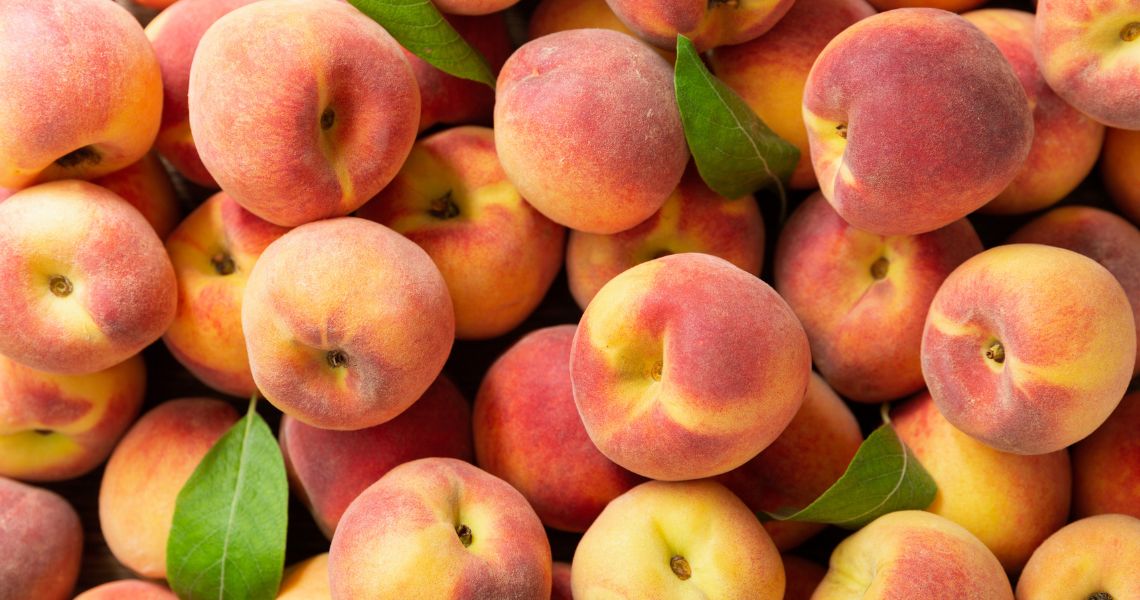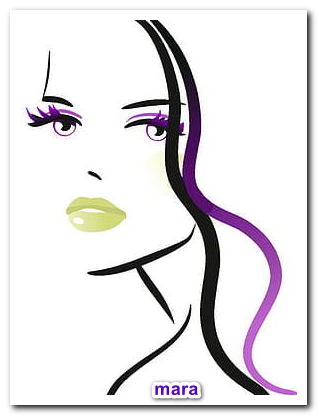Fruit at its peak: how do you know if it’s really ripe?
Learn to identify when a fruit is ripe and ready to eat. Discover key cues such as colour, texture and aroma.

Characteristics of ripe fruit
Ripe fruit is easier to digest and is also tastier and sweeter because it contains more fructose (fruit sugar). Although this is a complex topic, as every fruit and variety has its own unique characteristics, here are some key tips to help you select the perfect piece.
The skin is usually an indicator of whether the fruit is ripe. It’s the most exposed part of the fruit, and it’s sensitive to light, so fruits with shiny skins are riper. In addition, a skin that feels slightly soft to the touch (neither too hard nor too soft) and has a texture that is equally soft and juicy usually indicates that the fruit is at its peak ripeness.
You should also look at the colour. Fruit is ripe when it has a bright colour. Pay attention to its aroma, since ripe fruit gives off a sweet and pleasant scent. Finally, if you can, taste it as ripe fruit has a distinctive flavour, usually sweeter due to the conversion of starches into sugars. If it doesn’t taste particularly sweet, it’s probably not ripe yet.
Melon
For example, when it comes to the Spanish Melon variety, the ideal colour is a medium green with slight yellowish patches. Generally, with this fruit, if you’re unsure between two or more pieces, choose the one that feels heavier, as it will contain more water and, therefore, be juicier and more flavourful.
Watermelon
Starting with the colour, the best time to eat a good watermelon is when it’s dark green. However, it’s important to take the variety into account, as this can make a difference. It’s also best to choose the one with the fewest cracks or dents. If there are a lot of them, it may be a sign that they have not received adequate water or sunshine, and their taste may be affected. Its weight is also important: the heavier it is, the better.

Peach
Peaches should be free of spots or bruises, as their flesh is very delicate and spoils quickly. Colour is very important and will depend on the variety in question.
Yellow peaches, for example, should have a deep yellow colour, with no green patches.
Grape
To determine if a bunch is good, check whether the grapes stay attached to the stem. If they don’t, the fruit is overripe. The grapes themselves should be soft yet springy and should have developed the characteristic colour of their variety. As for the interior, the seeds should separate easily from the flesh, and the juice should be thick and sticky.
Pear
Unlike other fruits, many pear varieties don’t change colour significantly as they ripen, so touch is the best indicator. The pear mustn’t be soft all over, only in the neck area. Moreover, pears give off a sweet and pleasant aroma when they are at their peak of ripeness.
What do you think about?
Share comments, opinions and tricks with the Community











